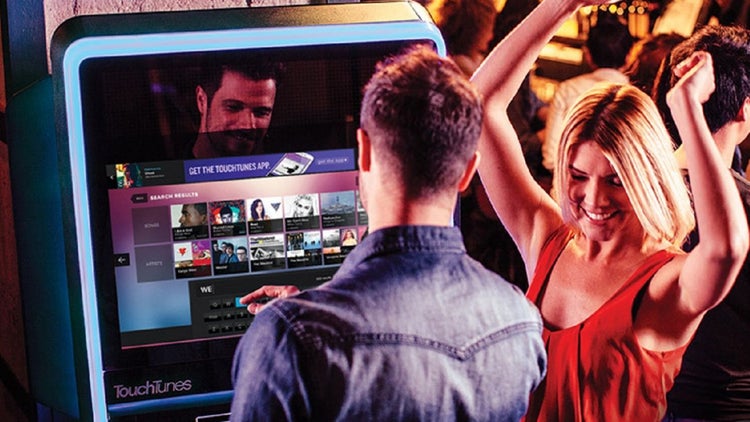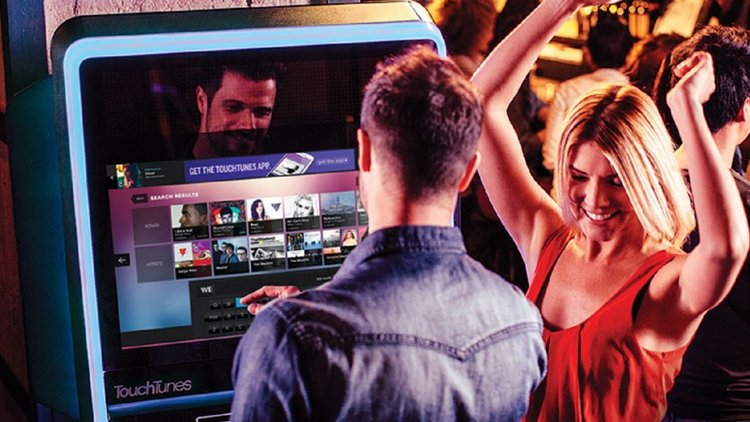That’s why the New York-based company has experimented with a range of proximity marketing approaches to prompt its millions of app users to play something. The TouchTunes app pushes personalized notifications like this to users when they're in bars where their music preferences align with those of the clientele. The problem was, app users visiting establishments next door mistakenly would receive a push notification every now and then. The company has found various other uses for its location data, from city guides to selling its data to companies such as Pinterest for photo-location tagging. Pilgrim SDK contains data about those locations and knows what times of day people typically visit them. Users who receive targeted messages when they’re in locations with TouchTunes jukeboxes are 44 percent more likely to purchase music credits than users who do not receive such messages, and they are 66 percent more likely to play a song. Since the implementation of Pilgrim SDK, only 1.5 percent of TouchTunes app users have opted out of push notifications. The current alternative to app-based proximity marketing, Hurni explains, is targeted advertising on a third-party platform.

In this series, The Fix, Entrepreneur Associate Editor Lydia Belanger shares her conversations with founders and executives whose solutions to inefficiencies can inspire others to find new ways to save themselves time, money or hassle.
TouchTunes digitized the jukebox in the mid-90s, and in the years since, it’s updated its platform to incorporate new technologies as they’ve emerged. In 2010, the company rolled out an app that lets users remotely control a watering hole’s soundtrack. It provides a convenient, less intimidating alternative to walking over to the jukebox and selecting a song — those with the app can DJ from the comfort of their barstools and anonymity of their phones. (So, no one will know you are the one who put on Journey’s “Don’t Stop Believing”… again.)
However, not everyone with the TouchTunes app has music top of mind when they’re busy catching up with friends or ordering another round. That’s why the New York-based company has experimented with a range of proximity marketing approaches to prompt its millions of app users to play something.
Related: These 5 Retail Innovations Could Actually Make You Want to Shop in a Store Again
“The challenge, or the opportunity, is the exact right time to message a user when they’re in a venue with a jukebox,” says TouchTunes CEO Ross Honey. “You can send them the best email in the world, and you might even send it at 8 o’clock on a Friday night, but if they’re not in the bar at that time, it’s quite often going to get forgotten.” It’s a challenge TouchTunes has faced in perfecting this seemingly simple task.

The TouchTunes app pushes personalized notifications like this to users when they’re in bars where their music preferences align with those of the clientele.
Two common means of sensing when app users are nearby are beacons and geofencing, and TouchTunes has tried both.
Beacons, which are hardware devices that transmit data to nearby smartphones via Bluetooth, are accurate from a location targeting standpoint, but they have limitations, TouchTunes found. For one, users’ devices need to have Bluetooth turned on. Beacons also require someone to visit every bar and install a device — and change the batteries when they go dead. At one point, Honey says, TouchTunes had 20,000 beacons (at $20 to $25 a pop) deployed across its network of more than 65,000 jukeboxes in the U.S. and Canada, but they were difficult to maintain.
“We used them as a basis to prove out the value of the personalized message,” Honey says.
Geofencing doesn’t require in-person setup or maintenance. The method leverages GPS to send push notifications to app users in a certain geographical areas, often with the goal of enticing them to stop by and make a purchase. TouchTunes wanted to target people inside bars containing its jukeboxes, so it drew tiny geofences around them. The problem was, app users visiting establishments next door mistakenly would receive a push notification every now and then. This would frustrate users, who in some cases would opt out of always-on location-sharing with the app — or delete the app altogether.
TouchTunes sought a solution that was as scalable as geofencing and as reliable as beacons.
The fix
Most people hear the name Foursquare and think of a social network…

COMMENTS